Hope for earthquake survivors fades
-
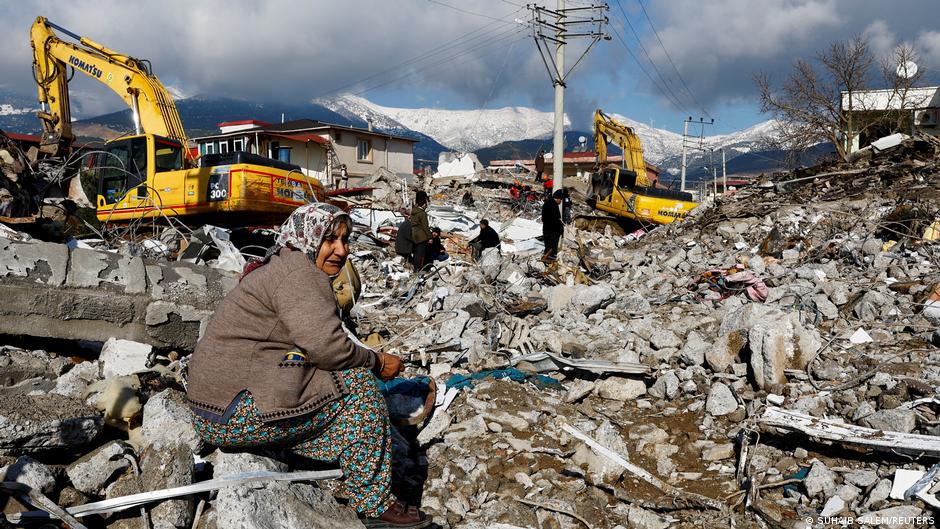
-
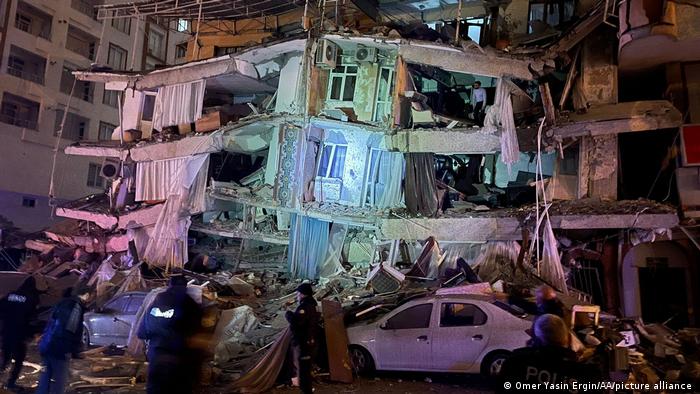
Surprised in their sleep: this apartment building in Diyabakir is one of several thousand buildings destroyed by the 7.8 magnitude earthquake in the Turkish-Syrian border region. The disaster surprised most people while they slept. The quake occurred at 4:17 a.m. local time on Monday -
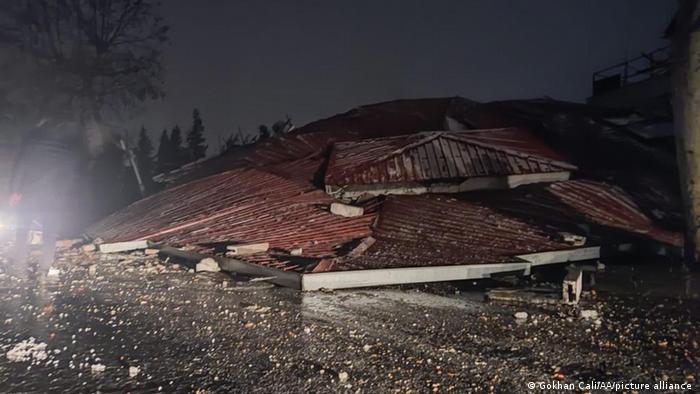
Thousands of lives lost, buildings destroyed: the quake claimed thousands of victims – the authorities are still trying to ascertain exactly how many. What is clear is that several thousand buildings were destroyed – like this one in Kahramanmaras in the majority Kurdish-populated city of Diyabakir -
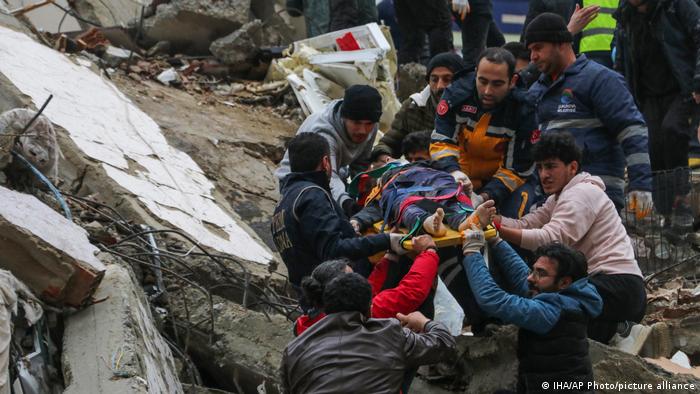
Rescue attempts "with bare hands": as here in Adana, countless civilian and official rescue workers search collapsed buildings for trapped people. Eyewitnesses report that aid workers were digging "with their bare hands" in the rubble for survivors. The region was shaken by more than 50 aftershocks. The strongest aftershock with a magnitude of 7.5 occurred on Monday afternoon -

Northern Syria also affected: the northern Syrian province of Idlib was also affected by the quake. Monday's earthquake is one of the most devastating in the region in decades, striking areas already badly scarred by the Syrian civil war -
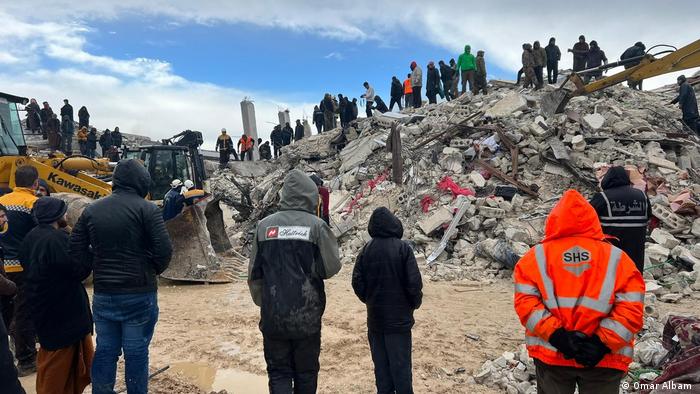
Houses damaged in the war and new ones destroyed: "People in Idlib poured out of their houses, they were in panic. Shortly after, the first houses collapsed, which were already not in good condition before as a result of Russian air strikes, but newer buildings also collapsed. Whole families are still buried," said a local reporter in Sarmada, Syria -
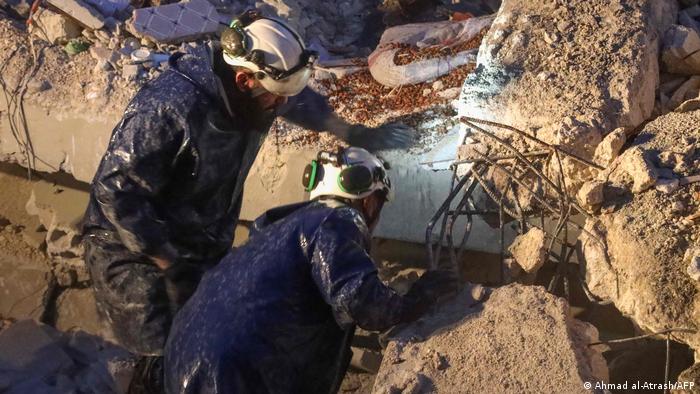
White Helmets in action: the White Helmets, founded during the Syrian civil war, are participating in recovery efforts in rebel-held areas in northwestern Syria. These two men are searching for survivors in Zardana -
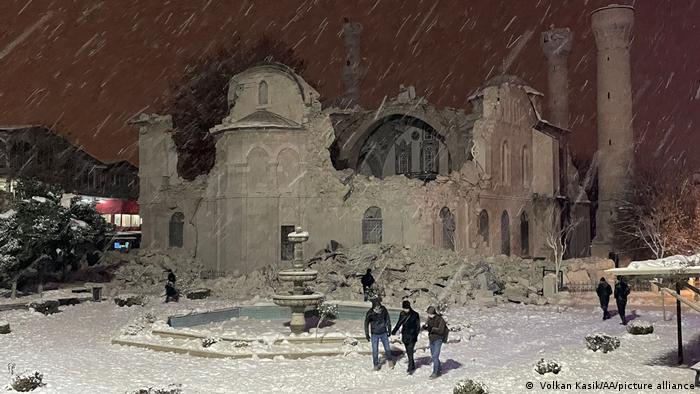
Historical buildings destroyed: cultural treasures were also destroyed in the earthquake. In the Turkish province of Maltaya, the famous 13th-century Yeni Mosque was severely damaged. A winter storm is further complicating rescue efforts in parts of the affected areas. At midday, Turkey officially asked its NATO partners and the EU for support in the rescue and recovery work -
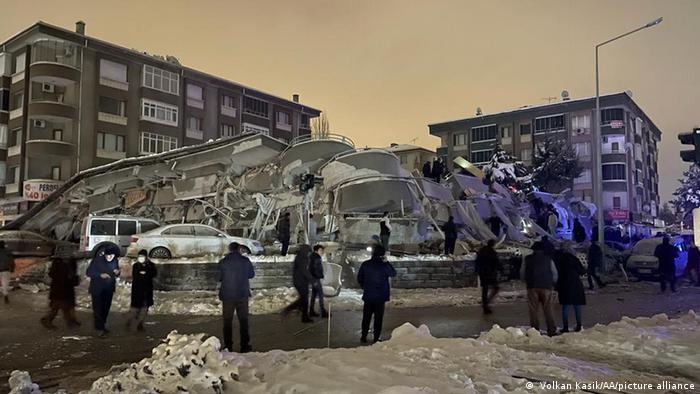
Regions need help: numerous countries – even Ukraine – have offered help. Germany's minister of the interior, Nancy Faeser, told the press that emergency aid had been arranged and that the first aid supplies were already on their way to the disaster region, including emergency shelters and water treatment plants. "We must not forget that the weather conditions there are very precarious," Faeser said -
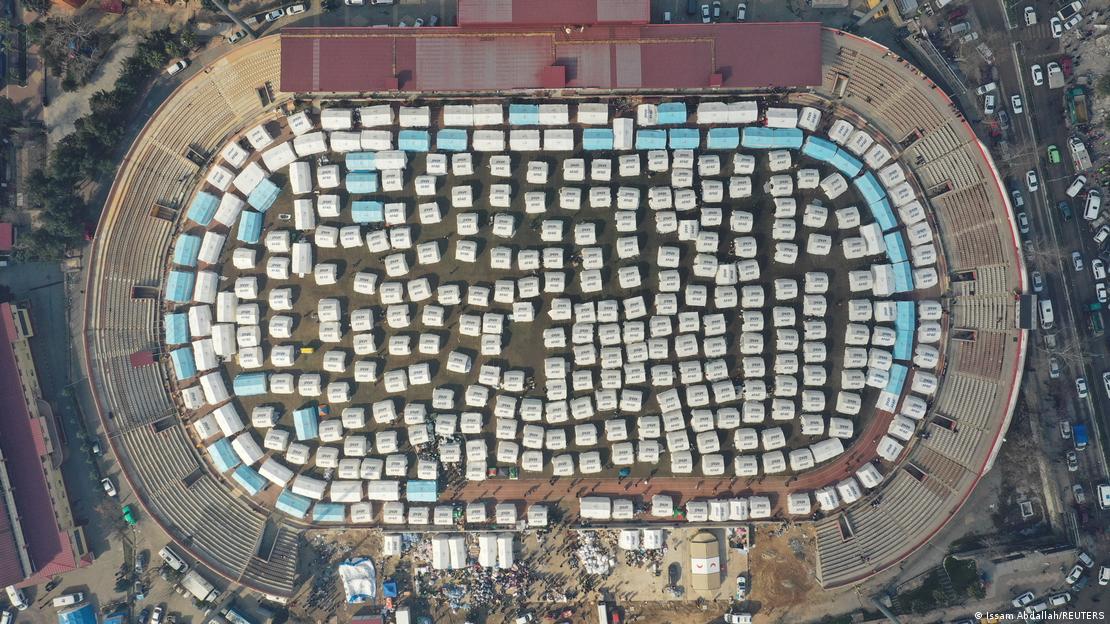
Where to now? Drone footage shows a tent city in Kahramanmaras stadium, Turkey, the city at the epicentre of the earthquake. According to Turkish authorities, nearly 13 million people in 10 cities have been affected, and at least 33,143 buildings have either collapsed, been severely damaged or require immediate demolition. The number is likely to rise as officials continue to assess the damage -
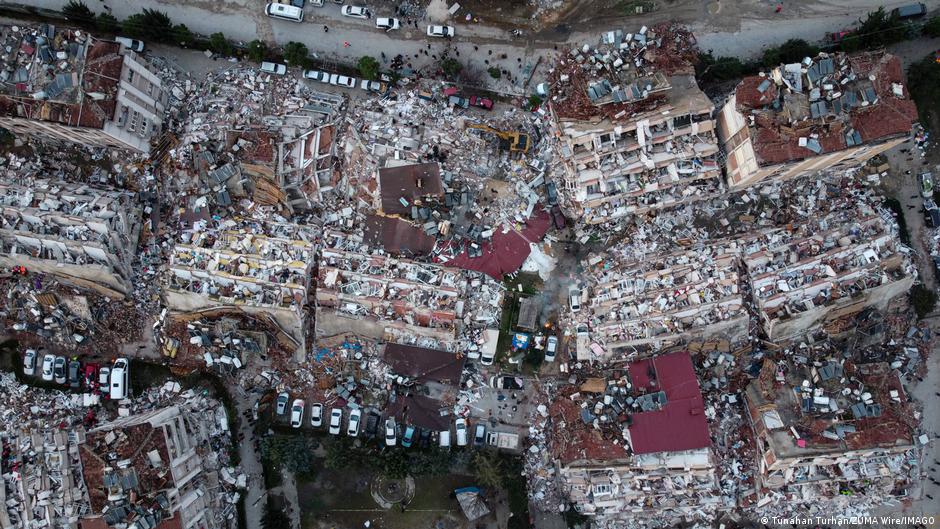
Fraud and political influence: officials responsible for enforcing the laws admit that construction companies, especially in smaller cities, have political influence and use it to avoid being supervised. Builders are more focused on maximising their profits than on building safety -
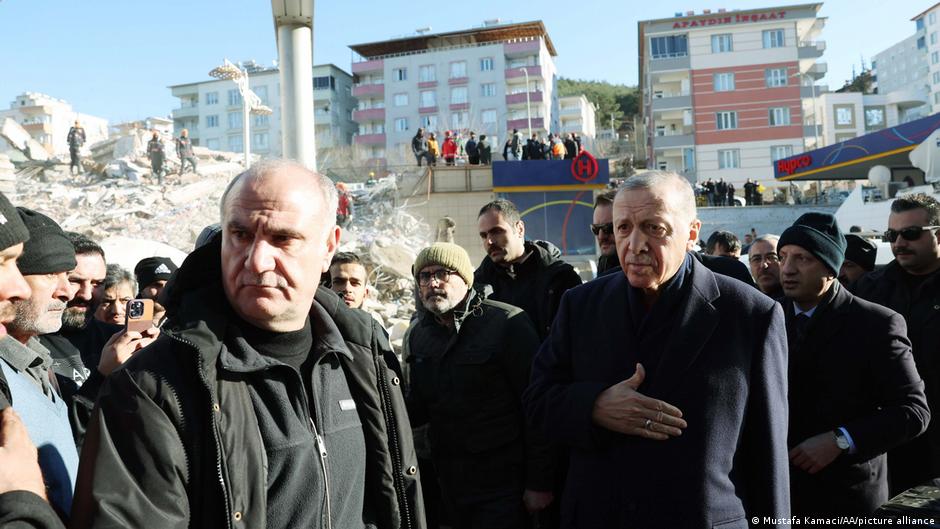
Will the Turkish election take place? Bulent Arinc, former deputy prime minister and long-time associate of Turkish President Recep Tayyip Erdogan, called on Twitter for the elections to be postponed, preferably by a year. Even though Arinc no longer holds office, his word carries weight with the public
https://qantara.de/en/node/12338
Link
To all image galleries